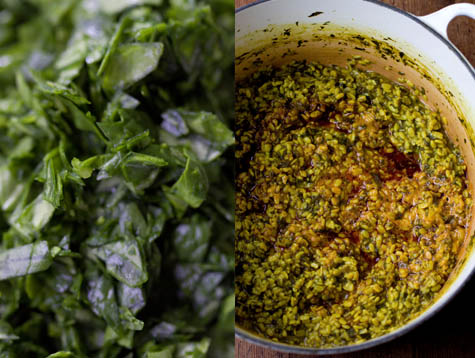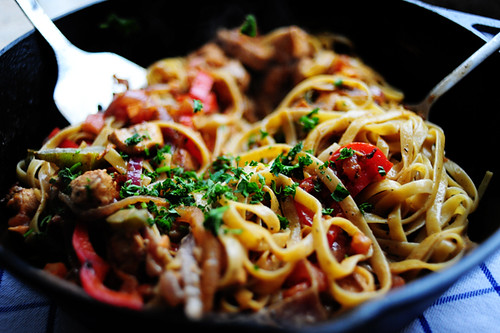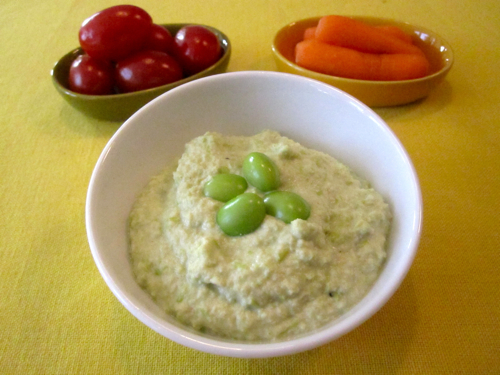As Tim Allen once said, the great chefs of Ireland ... now there's a short list for you. The Emerald Isle might not be known for any truly groundbreaking dishes, but a little bit of it goes well with just about everything else out there.
And the same is true for Mexican fare. You can throw a little bit of Mexican spice into just about any culture's offerings and do quite well, and there's a salsa that will accent just about anything from anywhere.
I was getting ready to make our Spicy Black Bean Soup, and this recipe for Irish Soda Bread leaped out at me. Typically we make some guac to go with this soup, but I didn't have an avocado handy, and hot bread sounded good to dip into the soup and soak up the last bit from the bowl. Irish and Mexican ... two great things that go great together.
Quick digression ... Mexican spices are one of the great deals I've found in this part of the country. I have no idea whether everything we have in Colorado is available nation-wide, but we are never in want for jalapenos, cilantro, or other produce staples. I can get a 1.5 oz bottle of McCormick's oregano for around $3, or an 8 oz pouch of Mexican oregano for $1.50.
Spicy Black Bean Soup
2 tablespoons extra-virgin olive oil
1 medium onion, finely chopped
1½ teaspoons minced garlic (about 3 cloves)
1 canned chipotle chili, seeded and finely chopped
1 teaspoon ground cumin
1 teaspoon dried oregano
3 15-ounce cans black beans, drained and rinsed
4 cups low-sodium chicken broth
1 12-ounce package smoky cooked sausage, such as andouille, thinly sliced
2 tablespoons lime juice
¼ cup finely chopped cilantro
Salt and freshly ground pepper
Sour cream and lime wedges for serving
Meanwhile, cook sausage in a large skillet over medium-high heat until lightly browned. Add sausage to the beans, along with the lime juice and cilantro.
Season with salt and pepper and simmer for 2 minutes. Serve with sour cream and lime wedges.
I halved the recipe here so that we wouldn't have too many left-overs. The half-size made enough bread for four.
1.5 cups of all-purpose flour
1.5 cups of whole wheat flour
1/4 cup brown sugar
1/2 tsp baking soda
2-3 Tbs of butter, chilled*
1 cup buttermilk**
* put the butter in the freezer until your ready to use it, then slice it into tiny slivers, then rotate and slice again.
** or one cup whole milk with one Tbs white vinegar or lemon juice (mix well then rest for 5-10 minutes)
Preheat the oven to 425º. If using a baking stone, preheat the stone as well. If using a heavy baking sheet, line with parchment paper or lightly grease.










